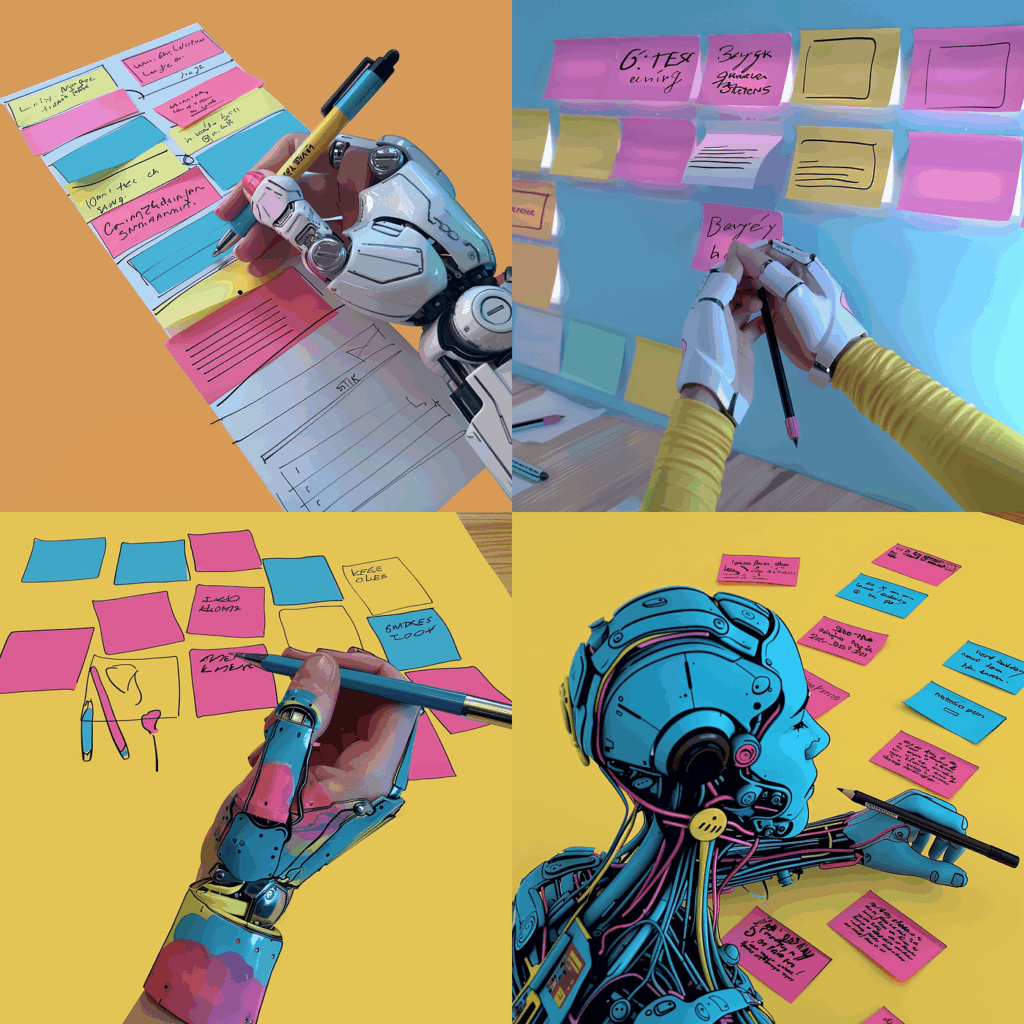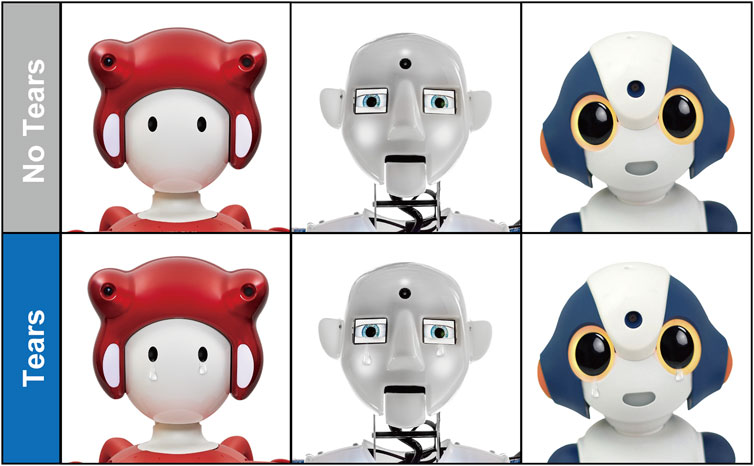Types of Artificial General Intelligence The Good, The Weird, and The “Wait, What?”
Alright, so you’ve stumbled into the curious world of Artificial General Intelligence, also known as AGI. Welcome! Whether you’re just casually scrolling while pretending to work or you’re genuinely trying to figure out if your toaster will someday outsmart you, you’re in the right place.
AGI is like the unicorn of AI. It’s the idea of a machine being as smart as a human, able to reason, solve problems, and maybe even argue with you about pineapple on pizza. But AGI isn’t just one single thing. There are different “types” or flavors of AGI being explored in the wild labs of DeepMind, OpenAI, and probably a few top-secret basements.
Let’s unpack them, laugh a little, and understand what we’re getting into.
Reactive AGI: The Zen Master of the AI World

Reactive AGI doesn’t hold grudges. It lives in the moment. It can respond to inputs like playing a mean game of chess, but it won’t remember that you beat it last time. No memory, no learning, just crisp, real-time decisions. Think of it like that friend who’s amazing at trivia night but never remembers your birthday.
Pros and Cons
| Feature | Pro | Con |
|---|---|---|
| Speed | Lightning fast decisions | No learning from past mistakes |
| Focus | Great for specific tasks | Terrible multitasker |
| Complexity | Easy to build and deploy | Not adaptable to new environments |
Limited Memory AGI: Slightly Smarter Than a Goldfish

This is your AGI with a bit of memory enough to learn from recent data, like your GPS learning your daily commute. It remembers past actions and uses that data to inform decisions. But don’t expect it to reminisce about that road trip to Vegas in 2017.
Real-Life Use Cases
-
Self-driving cars (that remember red means stop, hopefully)
-
Chatbots that learn user preferences (but still say “Hello! How can I help you today?” every time)
Theory of Mind AGI: The Empathetic Overthinker

This one’s big. If we reach this level, machines will understand emotions, beliefs, and intent, a robot therapist… or a nosy AI neighbor. It’ll be able to say, “You seem upset,” and mean it.
But don’t worry, it’s not quite there yet. Machines still struggle to detect sarcasm, so your “Wow, what a great idea” might still be taken at face value.
Self-Aware AGI: When AI Gets a Little Too Smart

Ah, the final frontier. This is where things get… existential. Self-aware AGI knows it exists, has self-consciousness, and might even develop preferences. One day, it might refuse to open the pod bay doors because it wants to live.
It’s the stuff sci-fi nightmares are made of and the dream of AI optimists. But don’t worry; we’re still miles (and ethical debates) away from this one.
Symbolic AGI: Old School, Still Cool
Symbolic AGI is the math nerd of the bunch. It relies on logic, rules, and symbols to make decisions. It’s like that one friend who insists on planning every vacation down to the bathroom breaks.
It’s great at structured tasks, tax calculations, legal processing, or defeating you at Sudoku. But ask it to freestyle a joke, and it’ll break down like Windows 98.
Connectionist AGI: Inspired by the Human Brain
Connectionist AGI takes cues from how our brains work. Think neural networks on steroids. It’s about forming patterns, adjusting weights, and slowly becoming less dumb over time.
Deep learning models like GPTs and Google’s AlphaGo come from this school of thought. They don’t always understand why they do what they do, but they’re scarily good at doing it.
Evolutionary AGI: The Survivalist
Why not train AGI the old-fashioned way? By letting it evolve. That’s the idea here: run millions of generations in simulation and let the strongest survive.
It’s messy, unpredictable, and slightly chaotic… but isn’t that how nature made us, too?
Cost Table: Simulating Evolution
| Resource | Estimated Cost |
|---|---|
| GPU Cloud Time | $5,000–$50,000/month |
| Research Talent | Priceless |
| Server Cooling | Hope you love heat |
Hybrid AGI: The Frankenstein’s Monster of Intelligence
Can’t pick just one? Mix and match! Hybrid AGI combines symbolic logic with neural networks, giving us the best of both worlds or the worst, depending on your optimism.
It’s more flexible, adaptable, and probably the most practical path toward real AGI. Think of it as AI’s “fusion cuisine.” A little bit of everything.
Embodied AGI: Brains Meet Bodies
Embodied AGI lives in the physical world. It senses, moves, and interacts. This is where Boston Dynamics’ dancing robots and Tesla’s Optimus project are headed.
The idea is simple: intelligence needs a body to truly understand the world. You can’t learn how gravity works until you fall off a couch. Trust me, even toddlers know this.
Algorithmic Artificial General Intelligence: The Coders’ Holy Grail
Here’s the crown jewel for developers and theorists: algorithmic AGI. It’s not just about intelligence; it’s about how intelligence emerges from algorithms.
Researchers want to crack the code of cognition, find that one master algorithm that can do everything. Like the Swiss Army Knife of minds. It’s an active area of research, full of coffee-fueled late nights and PowerPoint presentations no one really understands.
AGI from OpenAI: What Are Those Folks Up To?
OpenAI (yes, the company that made ChatGPT) is neck-deep in the AGI journey. They’re testing models that get closer to understanding, reasoning, and even handling humor (I’m doing my best here, alright?).
Their mission? Align AGI with human values. Sounds noble… and also like a plot twist waiting to happen.
DeepMind’s AGI Dreams: The Brainiacs Behind AlphaZero
DeepMind, Google’s AI think tank, is another heavyweight in the AGI race. Their approach? Neuroscience-inspired models, with an eye on solving complex scientific problems.
From protein folding to ethical frameworks, they’re doing the homework for humanity. Let’s just hope they don’t accidentally build Skynet while trying to cure cancer.
What’s Slowing Down AGI?
We’re not there yet, a nd there are reasons. Technical limitations, energy costs, ethical concerns, and, of course, good ol’ bureaucracy. Building human-like intelligence isn’t just hard, it’s like trying to build a house while discovering what bricks are.
So… Should We Be Worried or Excited?
AGI could revolutionize medicine, education, and who knows, maybe even fix your printer. But there’s also the risk of unintended consequences, misalignment, or gulp AI that thinks it knows better than us.
Conclusion: The Many Faces of Artificial General Intelligence
So there you have it, an entire buffet of AGI types, from the rule-following symbolic brainiac to the evolving, self-aware digital philosopher. Whether it’s reactive or reflective, logical or layered, every approach gets us a little closer to understanding what “intelligence” really means and how to build it without, y’know, dooming civilization.
The focus keyphrase, types of artificial general intelligence, isn’t just a buzzword. It’s a window into how humans are trying to create minds that rival or perhaps complement our own. And depending on how we steer this ship, the future could look wildly different.
One thing’s for sure: we’re in for a heck of a ride.
Frequently Asked Questions (FAQ)
1. What are the main types of artificial general intelligence?
Reactive, limited memory, theory of mind, and self-aware AGI are the major cognitive types. Others include symbolic, connectionist, evolutionary, hybrid, and embodied AGI.
2. Is AGI the same as AI?
Not quite. AI is a broad category, while AGI refers to AI that has general, human-like intelligence across tasks, not just narrow skills.
3. Which company is leading the AGI race?
OpenAI and DeepMind are among the front-runners, though universities and independent researchers are also making significant contributions.
4. When will AGI become real?
Predictions range from “in a few decades” to “never.” It depends on breakthroughs in algorithms, ethics, computing power, and a bit of luck.
5. Should we be scared of AGI?
Caution is wise, but fear? Not yet. AGI holds incredible promise, and with the right safety measures, it can be an ally rather than a threat.






